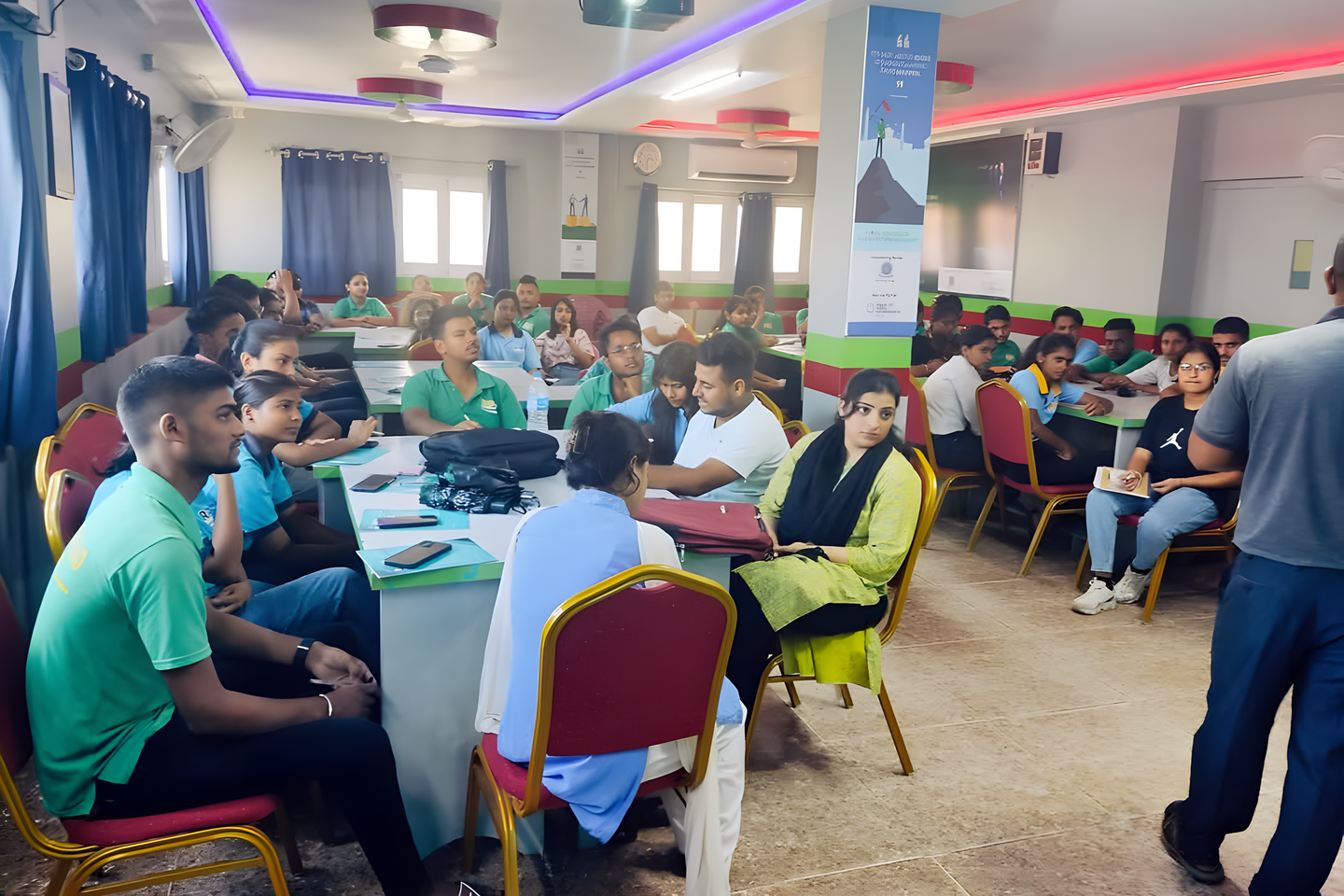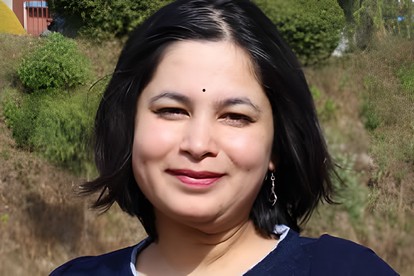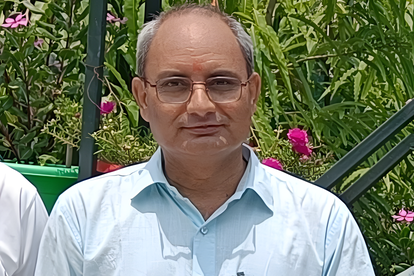Sustainability in development has long been a pressing question—how can impact truly last beyond project timelines? Through the InElam project, we explored an innovative approach: integrating practical entrepreneurship tools into academic institutions. By partnering with universities and colleges, InElam ensured that its methods, like the Area Potential Survey (APS), continue to shape future entrepreneurs, making sustainability not just a goal, but a lasting outcome.
Ever since development work began, projects were conceptualized with technical and financial aspects in mind. Yet, one critical question remains: What about sustainability? How do we localize services? How do we ensure initiatives continue to thrive long after the project phases out? How do we make impact last? Well, there’s a little initiative taken by the InElam project, which the team intends to share to wider audience.
To discuss this further, let’s understand the InElam project on its basic first. InElam promotes entrepreneurship among small and budding business owners using a market sector development approach. This involves working within the value chain of a product (like honey, dairy, dragon, nettle) and mapping all key stakeholders, from producers to buyers. The project applies an Area Potential Survey (APS) method, which assesses local viability by analyzing raw materials, demand, and private-sector players who can upscale businesses for holistic market development.
But how do we make this sustainable? Beyond involving local, provincial, and federal governments for policy and implementation, there’s another key partnership: bringing colleges and universities into the picture. The project and partners integrated their research learnings into university curricula to bridge the gap between theory and practice. This ensured students gained more practical and relevant education through institutionalized experiences.
In its previous phase, InElam partnered with Purbanchal University and Birgunj Public College (BPC) to integrate entrepreneurship into academia. Why? Because entrepreneurship starts with mindset preparation, and colleges are ideal platforms to nurture this. Purbanchal University has incorporated the Area Potential Survey (APS) method into its business studies curriculum (5th semester: Entrepreneurship, Unit 3: Area Potential Survey – Helvetas Model).
This method enables students to understand business, conduct research, and gain areas to start an enterprise. Its process entails conducting survey for potential market for a particular product/service, in a specific context. This helps students explore prospects of enterprise and evaluate potential of services/ products. It is a comprehensive market survey tool for enterprise development as it provides information on the market scope, availability of raw materials, availability of skilled human resources and technology, and physical infrastructure, available networking organizations in specific geographic area.

Now, students across Purbanchal University learn from seasoned writers like Tata McGraw from textbooks and also about Kishore Yadav (name changed), who guided by the APS, has started beekeeping by understanding the practical considerations of starting a business in a local context. Additionally, Birgunj Public College took it a step further by establishing the Buddha Incubation Center (BIC). The center runs boot camps and training programs to build entrepreneurial skills among students. The center also collaborates with the project and similar organizations, and local chambers of commerce to provide mentorship, funding pathways, and networking opportunities.
The article isn’t about what the project achieved while running. The real learning is what continued after. Universities teaching practical entrepreneurship tools, incubation centers creating new businesses, and students being engaged to prepare for their entrepreneurship journey. Through this, the project has ensured its methods live on, knowledge shared, and promoting entrepreneurship remains by embedding the model into education and institutionalizing support through incubation centers. The Colleges don’t just train students, they also guide small business owners, creating a ripple effect.
The project has now moved on, exploring new frontiers like the green economy. But the real success lies in seeing universities and colleges carry forward tools like APS and sub-sector analysis, ensuring sustainability long after the project’s phase-out. Isn’t this the ultimate goal, to create systems that grow independently, leaving a lasting impact? This is our learning from InElam.





